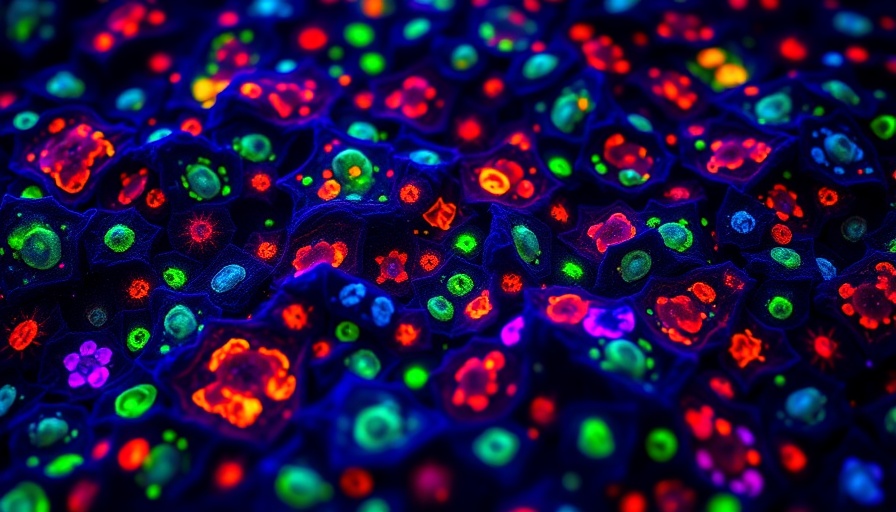
INSAR 2025: Innovations in Autism Research
From April 30 to May 3, Seattle became the epicenter for autism research as nearly 2,300 attendees from more than 50 countries gathered at the International Society for Autism Research (INSAR) annual meeting. The event marked the second largest meeting in INSAR's history, showcasing a wealth of scientific advances that promise to shape our understanding and approach toward autism. As IMC's science chair, Meng-Chuan Lai, remarked, the meeting unfolded in a climate of ‘unprecedented political times,’ with discussions peppered on the future of research funding and the tensions between scientific and autistic communities.
A Call for Collaboration Amid Challenges
One of the highlights was the call for unity from autistic scientist and activist Dora Raymaker. She urged attendees to envision a collaborative future between researchers and the autistic community. Raymaker's perspective emphasized the need to embrace diverse ways of knowing, targeting a more inclusive paradigm that utilizes past experiences—both positive and negative—to shape future research efforts.
Understanding Subgroups Within Autism Spectrum
An important topic of discussion over the four-day event was the nuanced understanding of subgroups within the autism spectrum. Michael Lombardo from the Italian Institute of Technology presented compelling evidence on how clustering data related to a child's early language and adaptive functioning can give rise to distinct developmental trajectories. Such differentiation, he argued, holds potential for more tailored intervention strategies and a deeper understanding of autism’s multifaceted nature.
Defining ‘Profound Autism’: A Collective Effort
The concept of “profound autism” also gained attention, with Catherine Lord and Matthew Siegel discussing various methodologies for defining this subset. Siegel’s findings suggested that adaptive functioning metrics could play a pivotal role in identifying individuals with the highest support needs. This collective effort aims to bridge the gaps in understanding and addressing the needs of those within the autism spectrum effectively.
Excitation and Inhibition in Autism: Unraveling Complex Mechanisms
Another intriguing theme was the long-standing debate over excitation and inhibition within autism science. Viola Hollestein presented preliminary results demonstrating strong links between polygenic scores for thalamic glutamate and social responsiveness, suggesting fundamental biological links that influence behavior. Meanwhile, Alexia Stuefer's findings on induced changes in sociability during development raised fascinating questions about the impact of neurological interventions, drawing attention to the importance of timelines in autism studies.
Looking Ahead: Future Predictions and Opportunities
As researchers wrap up INSAR 2025, the potential for future breakthroughs is palpable. With a call for interdisciplinary collaboration and heightened public awareness surrounding autism, the stage is being set for a transformative period in autism research. The conference not only served as a platform for sharing findings but also as an incubator for innovative ideas that can propel the field forward.
Conclusions: Why This Matters to Families and Communities
For families and communities affected by autism, the discussions and findings shared at INSAR 2025 are crucial. The insights gained may lead to improved support structures and interventions tailored to individual needs. As the landscape of autism research evolves, it becomes increasingly essential for those within the community to remain engaged and informed, ensuring that their voices continue to shape future inquiries.
 Add Row
Add Row 

 Add
Add 


Write A Comment